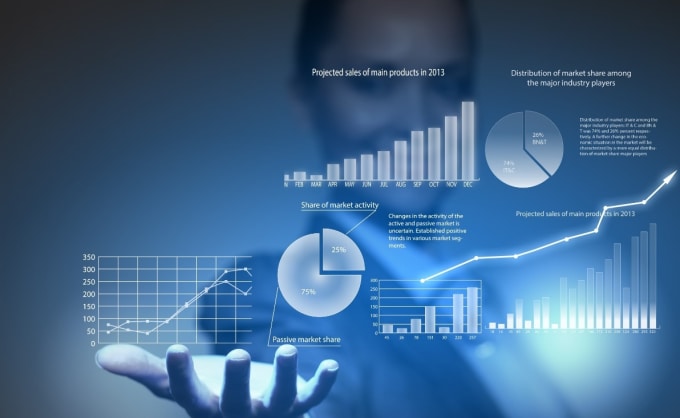

INDUSTRY STANDARD TOOLS FOR DATA ANALYSIS SOFTWARE
While usability will vary depending on how robust and technical your platform is, the interface should be intuitive enough for trained staff to use with minimal support.Īs you research the various options available in the data analysis software market, you’ll notice that vendors describe and name their solutions differently. When everyone is seeing the same data sets, it’s easier to interpret the information in the same way.Įase of use. A good data analytics tool should not require an advanced computer science degree to operate.

Sharing. Collaboration and social sharing functionalities are important because they allow business leaders to work together more efficiently. Heat maps are 2D representations of data where values are represented by colors and time motion views are moving images depicting how data changes over time. Tools that enable interactive exploration provide eye-catching ways to visualize trends, such as heat maps and time motion views.

Interactive exploration. Static pie charts and line graphs are practically passé by today’s standards. Software for data analysis should allow users to scrub, aggregate and split data as needed. Some data analysis tools allow users to create their own dashboards so they can get a clearer picture of specific business operations.ĭata set creation. Your business forecasts are only as reliable as the quality and quantity of data behind them. No matter what you call them, these should be able to handle the five key capabilities identified in our report, “ 5 Core Data Analytics Software Capabilities For SMBs.” Here they are:ĭashboards. These provide a real-time overview of key performance indicators (KPIs) in a visual format that is easily sharable. All the data originates from the various data sources on the left, is colocated in the data warehouse (in the center) and then is analyzed by end users-using data analysis software-on the right.ĭata analysis software is often the final, or second-to-last, link in the long chain of BI: This chain begins with loosely related and unstructured data, and ends with actionable intelligence.ĭata analysis software is also known as “data analytics” tools. The diagram below shows the major components of a BI system. Thus, it’s helpful to begin by explaining how software for data analysis fits into the larger BI context. While the term "data analysis" is self-explanatory, it’s usually encountered in the context of BI, which is much more complicated. We’ll cover:Ĭommon Functionality of Data Analysis Software This can help buyers select the best solution for their needs. In this guide, we’ll outline the main role of data analysis software and describe its functionality. Given this, data analysis software is a central requirement for any business that wants to improve BI. Gartner defines BI as “the applications, infrastructure and tools and best practices that enable access to, and analysis of, information to improve and optimize decisions and performance.” Data Analysis Tools is a set of technology that enable users to analyze and visualize data in order to identify trends and correlations with the goal of supporting decision making.


 0 kommentar(er)
0 kommentar(er)
